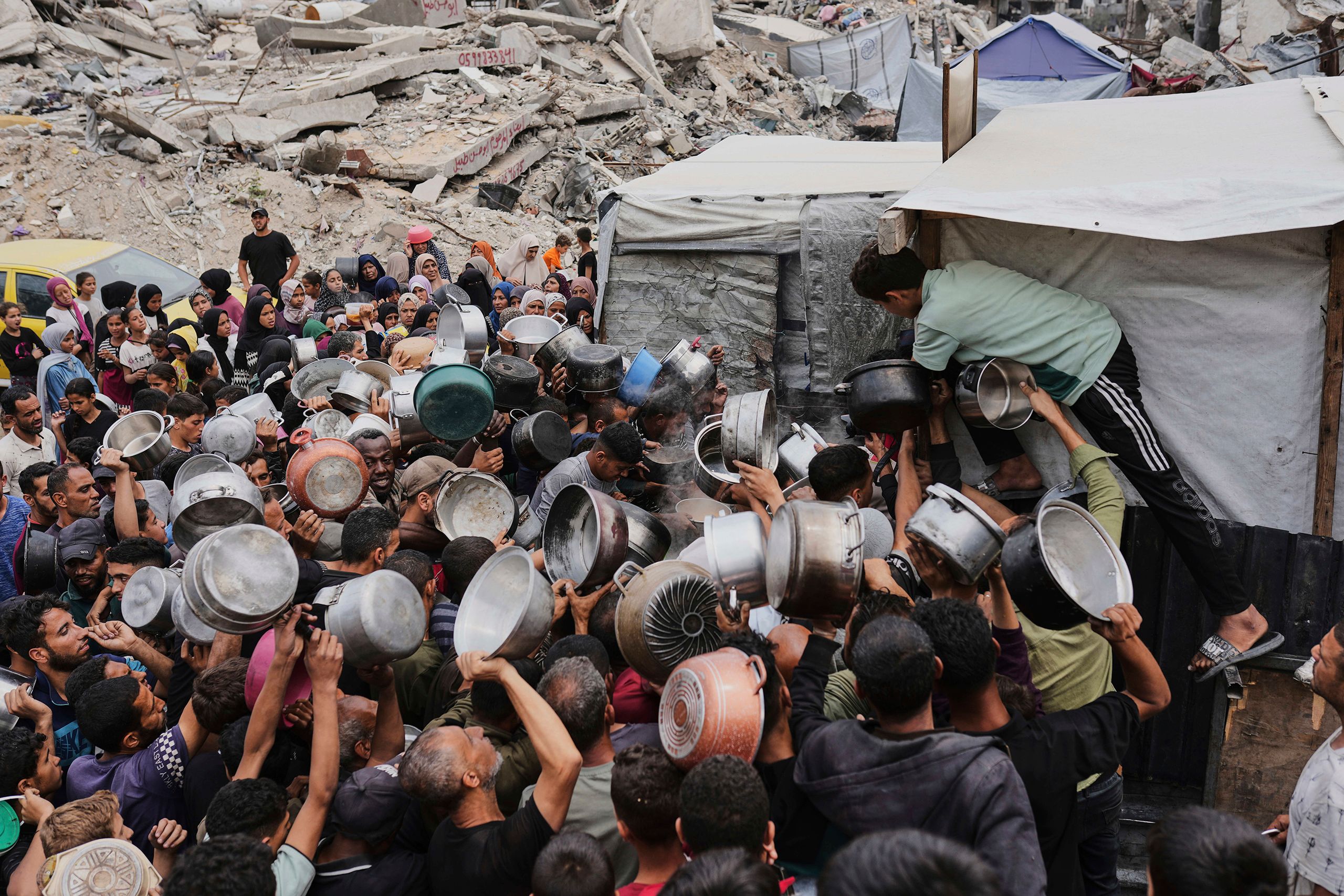Understanding the Impact of NGOs in Humanitarian Crises

Non-governmental organizations (NGOs) shape the world in critical ways. Especially in times of crisis, their role becomes indispensable. This article explores what an ngo is, its vital functions, and the real challenges these organizations face during humanitarian emergencies.
What Is an NGO?
An ngo, or non-governmental organization, is a group that operates independently from governments. NGOs often focus on humanitarian, development, environmental, or advocacy activities. Their goal is to help communities, respond to disasters, or promote social change. Many international NGOs work alongside local partners to expand their reach and impact.
The Crucial Role of NGOs in Humanitarian Emergencies
NGOs are often the first to respond when crises strike. They provide essential assistance such as shelter, food, medical care, and education. From natural disasters to armed conflict, NGOs bridge gaps that governments or other actors cannot always fill. Their agility and deep local connections make them effective at addressing urgent needs quickly.
In regions facing conflict and famine, NGOs are vital lifelines for communities. Recent reporting reveals the ongoing struggles in Gaza, where humanitarian access has been severely restricted. To understand the intense challenges and how NGOs advocate for greater relief, The New Yorker’s in-depth interview offers valuable insights into the current humanitarian crisis.
NGO Challenges: Complexities on the Ground
Despite their crucial work, NGOs face a multitude of difficulties. These range from limited access due to security concerns to logistical barriers such as closed borders. Political considerations can also hinder aid delivery. For example, aid convoys may be blocked, and the need for impartial assistance can clash with local political agendas.
NGOs also struggle with funding gaps, especially as crises grow more complex and prolonged. In many cases, organizations must ration resources and prioritize who can receive assistance due to shortages. The New York Times recently covered the distribution difficulties faced by NGOs in Gaza, highlighting how intricate and fragile these operations are.
Collaboration and Advocacy: The Bigger Picture
To maximize effectiveness, NGOs often collaborate with international agencies, local partners, and other stakeholders. Their advocacy efforts shine a light on underreported crises, pressing leaders and the public to take action. By working together, NGOs can amplify their impact and drive long-term solutions.
For more on the evolving situation and how aid efforts adjust in changing political landscapes, see the latest reporting from AP News.
Conclusion: Supporting NGOs Means Supporting Communities
NGOs remain at the forefront of humanitarian response, even when conditions are most challenging. Their persistence and commitment save lives and rebuild hope for people caught in crisis. By better understanding what NGOs do, and supporting their efforts, we all contribute to a more just and humane world.